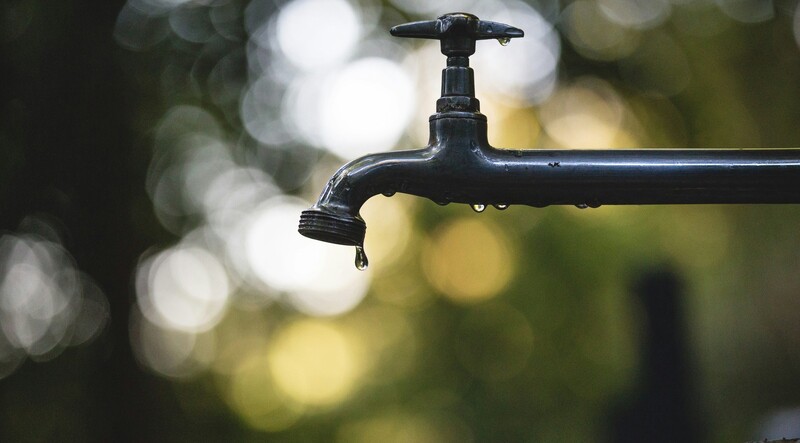Just like the sober-curious crowd, western provinces are partaking in Dry February… though not by their own choice.
Driving the news: Alberta is talking with major water licence holders to sign water-sharing deals as dried-up rivers and reservoirs are primed to devastate the agricultural sector.
Catch-up: In Alberta, 25,000 organizations and businesses hold licences allowing them to divert and use water. In total, these licence-holders control ~9.5 billion cubic metres of water. In times of severe drought, the province can negotiate with them to share their valuable H20.
- The last time this happened was in the drought of 2001, but this year is set to see the largest negotiation in Alberta’s history.
- That’s because the province’s driest fall on record has continued into the winter, and is threatening to keep going deep into 2024.
Why it matters: Securing sharing deals will be crucial to provide farmers with enough water in Alberta’s agricultural regions — the country’s third-largest exporter of agri-food products.
- Alberta needs groundwater, as the province is home to the largest area of irrigated land in Canada, most of which is located within its southern agricultural districts.
Zoom out: The other western provinces are also going through a dry spell. In B.C. and Manitoba, the reservoirs that power their hydroelectric grids are running so low that they have begun importing power and, in Manitoba’s case, turning to natural gas-fired turbines.
- While the lights will stay on in these provinces, it paints a picture of challenges for hydro-dependent provinces in a future that will be beset by worsening droughts.
Big picture: These persistent dry conditions combined with what’s set to be another scorcher of a summer could add up to another rampant wildfire season, so make sure to save some water for the firefighters too.—QH
